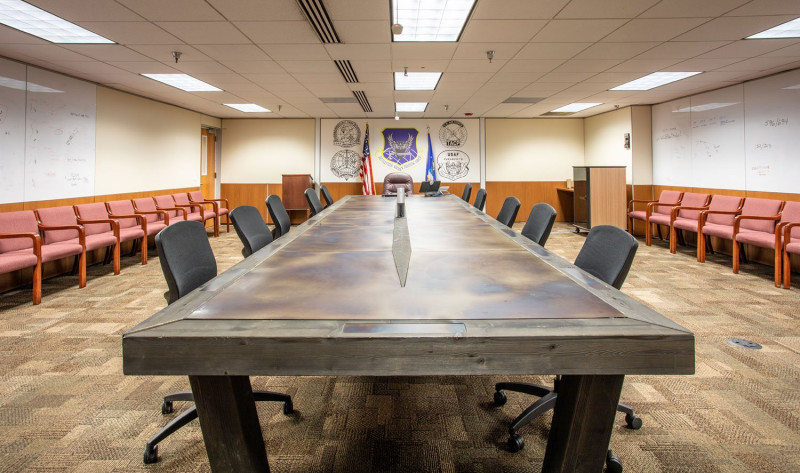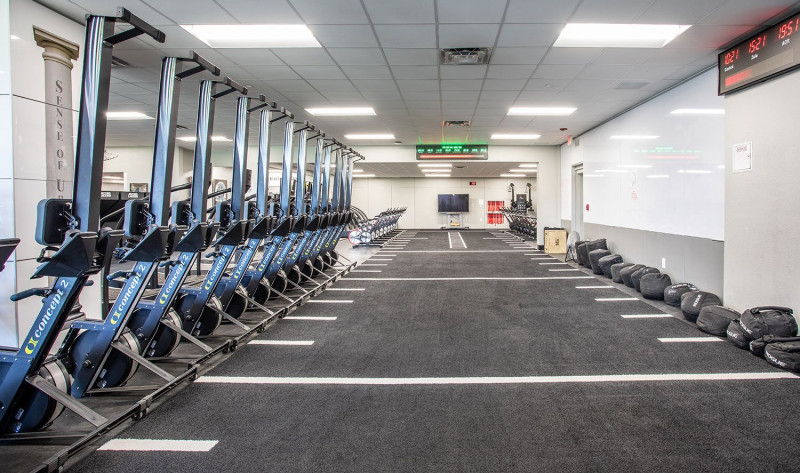Building greater efficiency and realism into training ranges
More intelligent range design helps create more lethal warfighters
The goal of combatant training should always be to improve the lethality, survivability, and readiness of the fighters. Unfortunately, many current small arms ranges simply do not service this goal. Outdated technology, poor design, and a lack of automated data collection means that these training ranges miss the mark in efficiency, repeatability, and realism.
Many training ranges focus entirely on marksmanship – aim and precision. But in live combat, technical accuracy is not the most significant challenge. The greatest concern is a fighter's ability to manage physical, psychological, and emotional stress while maintaining accuracy. Listening to two radio feeds, communicating with their team, adjusting to rapidly changing environments, and managing the sensory onslaught of combat all while making quick decisions under pressure—that’s the scenario that training needs to address.
Improve Group helps improve combat readiness by providing training range solutions that more closely mimic real conditions. While it’s impossible for any training scenario to fully replicate the fog of war, more realistic ranges that capture performance data in real time can help close the gap.
Programmable target systems allow instructors to execute repeatable, measurable scenarios, and to do it much more efficiently—so more time is spent on valuable training. Over time, analysis of the data drives improvements to the scenarios themselves. Furthermore, the integration of stationary pop-up targets and smart, mobile targets enables increasingly sophisticated and realistic scenarios.

CLIR principles in small arms range design
When designing training spaces, we implement our patented CLIR methodology:
- Connect – the range is integrated with smart, auto-scoring targets and smart auto-scoring robots, so that the performance data from every scenario is captured automatically
- Learn – analysis of data at the student, team, and class level provides insights on performance of the students and the effectiveness and efficiency of the training methods themselves
- Influence – these insights highlight key students and areas to focus on. Over time, these insights enable improvements to the training scenarios
- Reveal – real-time reports on screens at the range provide key insights to instructors in the moment, while leader boards engage and challenge students
CLIR facilitates integration between data collection, analysis, and methodologies. In short, the better the data, the more realistic the training, and the better the warfighters.
For example: The live fire SMC training range we recently designed for Air Force Special Warfare integrates hit sensing pop-up targets and HEKTR robots, enabling real-time performance feedback on individual and team firing accuracy in highly realistic team-movement scenarios (e.g bounding exercises). Groups of programmable targets at distances from 120m to 250m are presented when students or teams reach any of a dozen points of cover, each requiring various firing positions and movement obstacles.
The programmability of these systems means that effective training scenarios can be reliably captured, measured, and repeated, student after student, team after team, and class after class. This is what enables realism and drives meaningful training improvement.
Integrating technology and design
Collecting data is only useful when that information can be efficiently captured, analyzed, and used to drive improvements in the training. Taking advantage of current technology and applying it intelligently to practical concerns is the cornerstone of smart design.
We design flat ranges with programmable, auto-scoring electronic targets. These targets send data back immediately to the student and instructor, cutting down significantly on time spent walking back and forth to the target line.
Technology also allows for more responsive close-quarter battle (CQB) and shoot-move-communicate (SMC) range design. HEKTR robots and pop-up targets create moving, dynamic shooting environments more closely aligned with reality. In addition, we can develop smart shooting ranges that prepare shooters for real-world conditions by incorporating noise and distraction, changing the environment and type of shooting, and pushing them to their limits.
Modern range design is inseparable from technology integration. Smart ranges allow for a better understanding of what students are experiencing during training so that instructors are better equipped to coach, and improvements to training methods can be intelligently implemented.
No training exercise can adequately copy the experience of live combat. But we owe it to our fighters to prepare them as thoroughly as possible for real-world conditions, including preparing them for conditions unlike any seen in recent conflicts. By building more agile and responsive ranges that better replicate real-world scenarios, and collecting and analyzing data during training, we can help training facilities better prepare warfighters for the future fight.
More Insights
Design a better ending.
Call 800.244.1452
"*" indicates required fields


